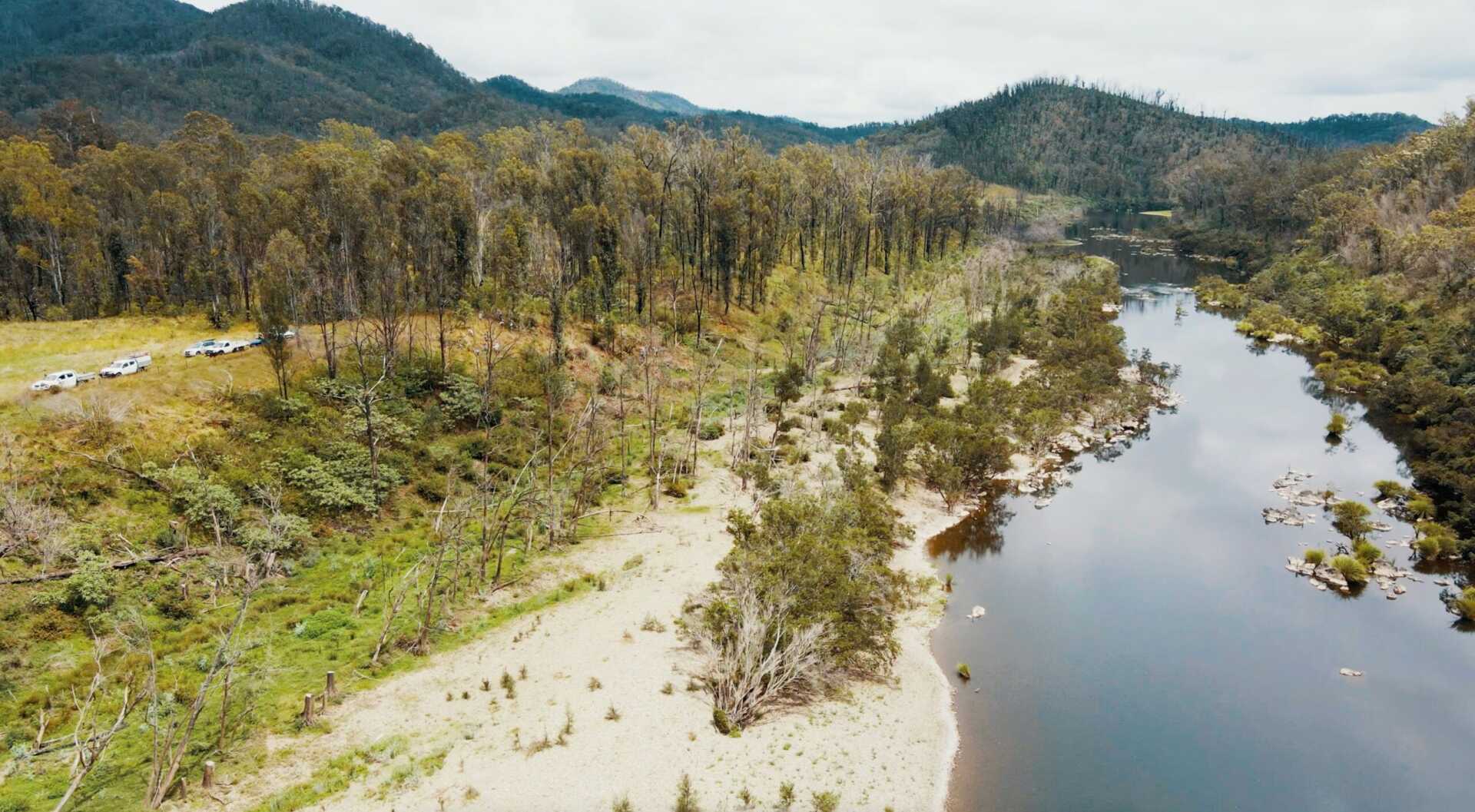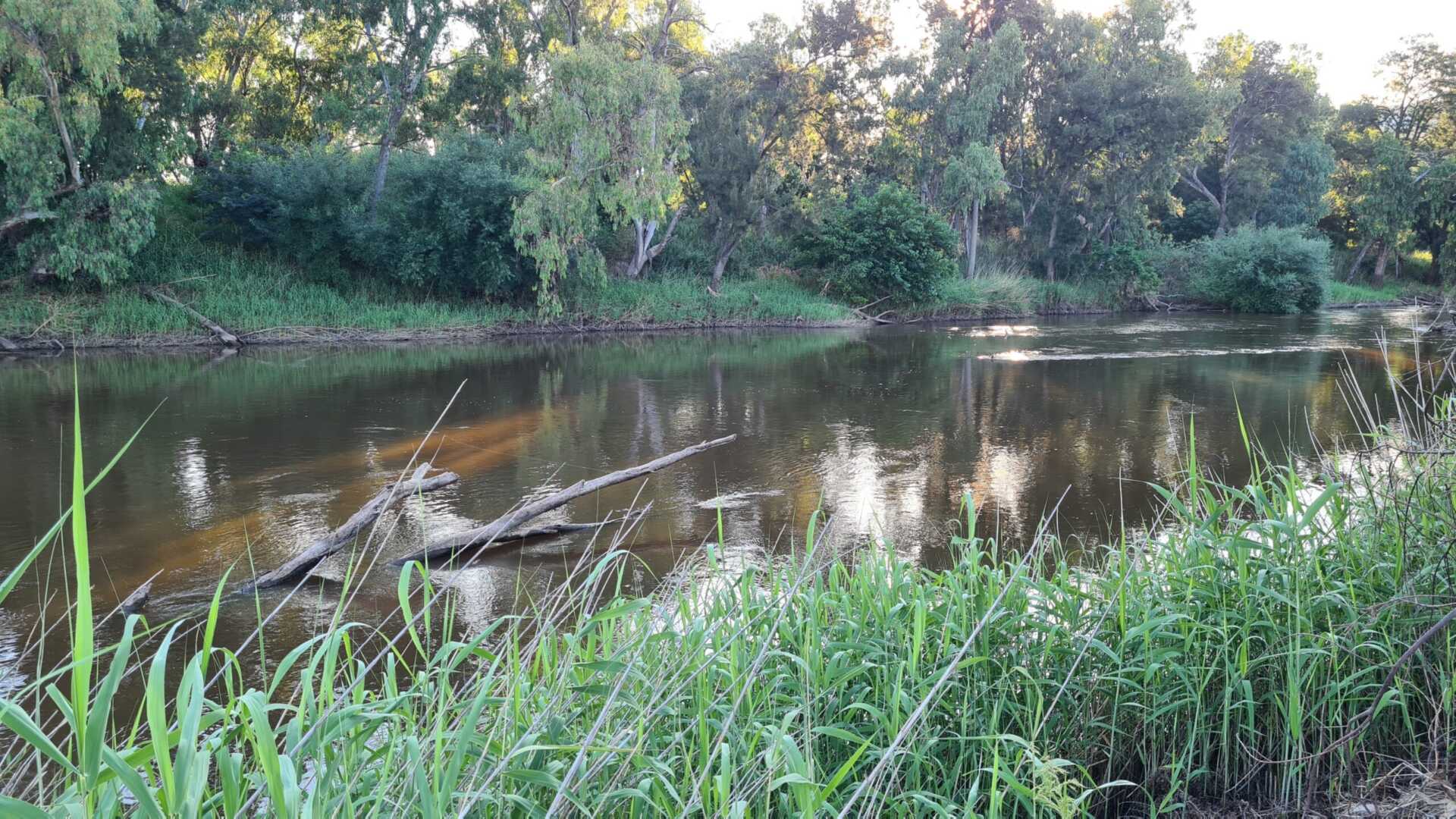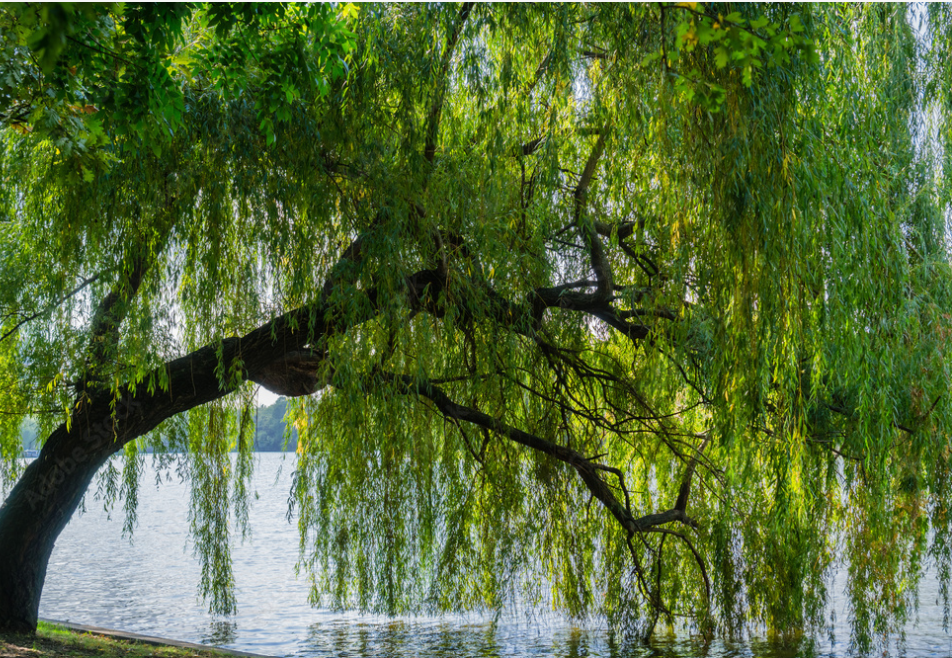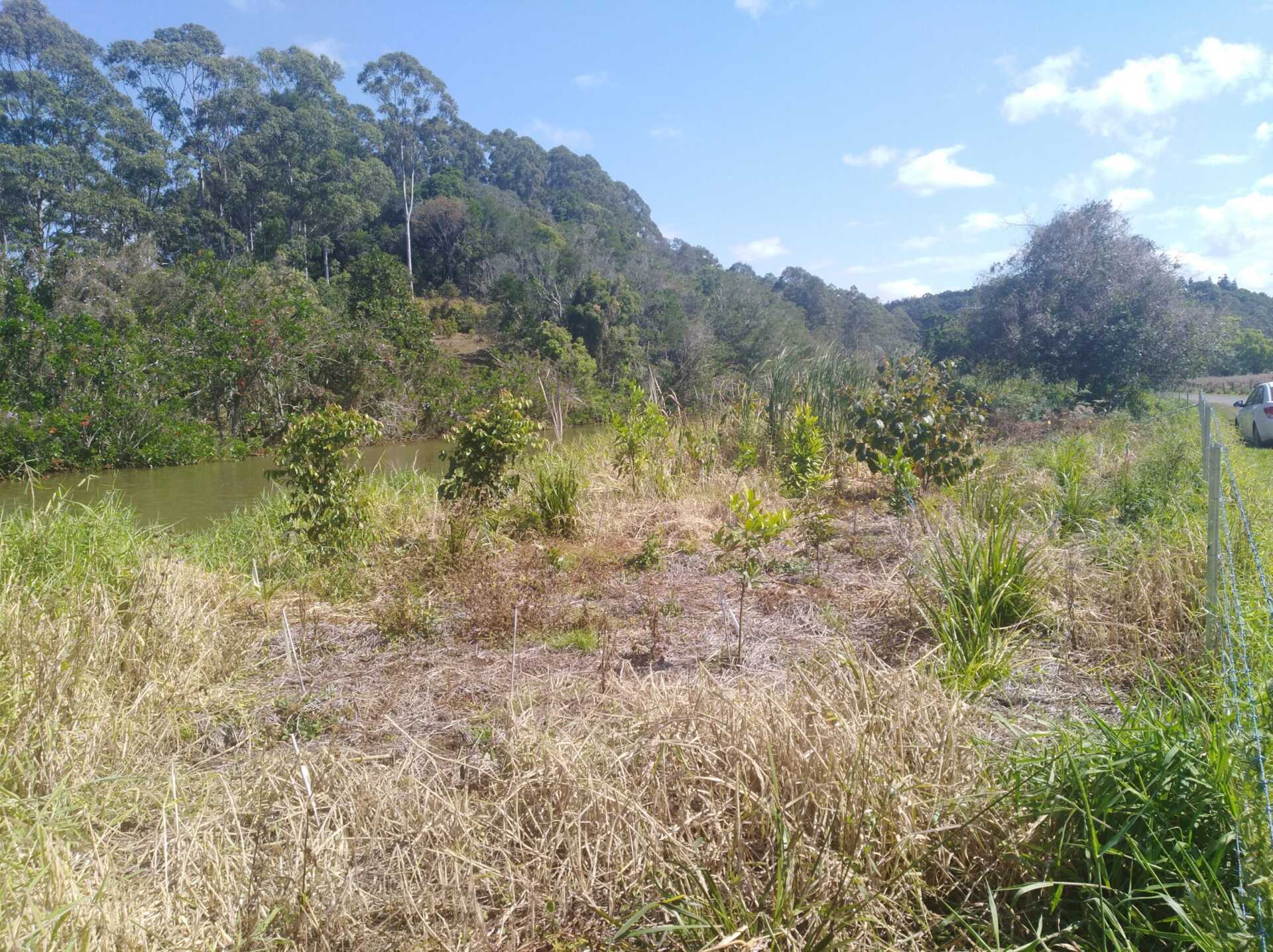How treeless riverbanks make floods worse
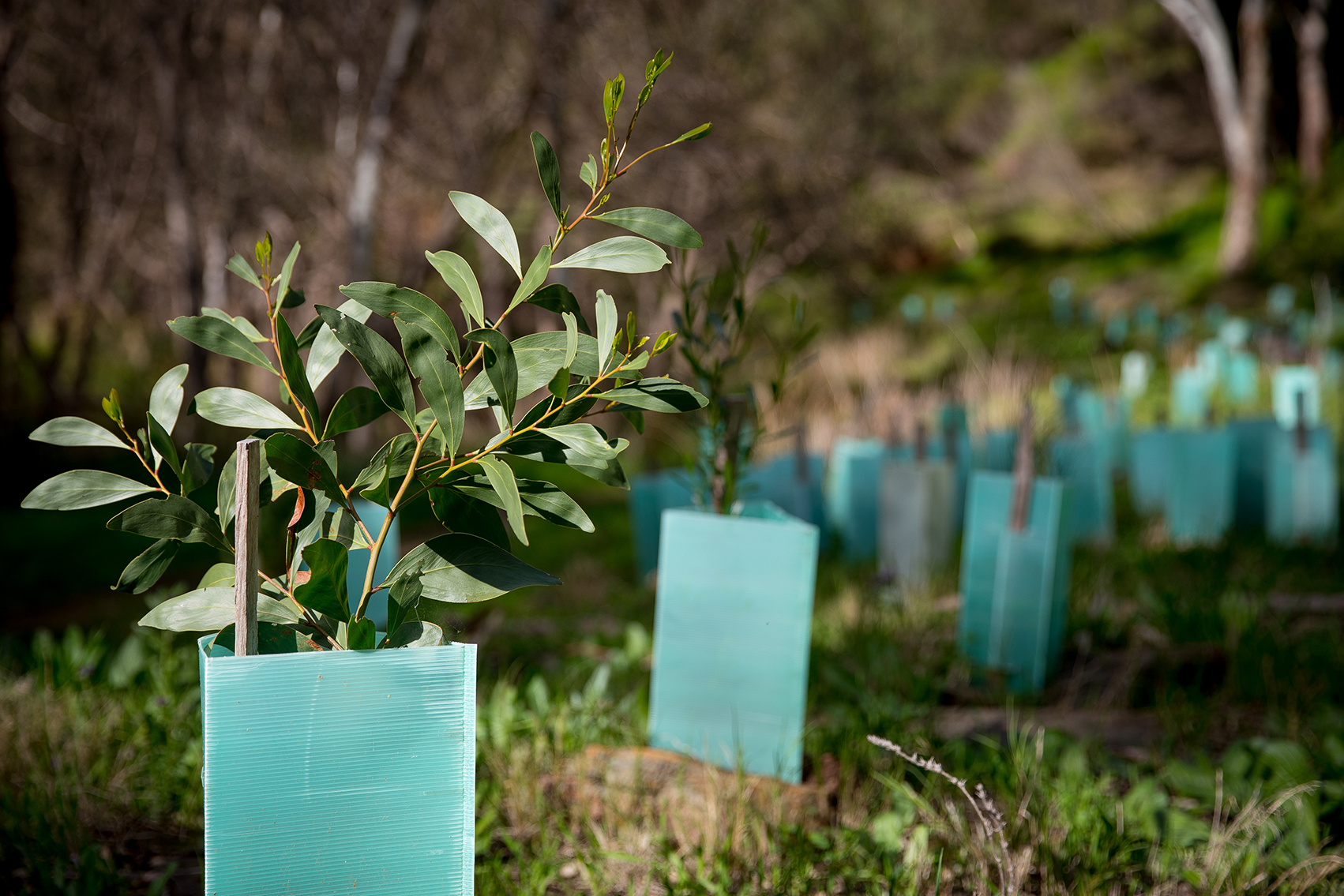
Floods aren’t an everyday thing. They happen about as often as your overseas aunty flies in for a visit.
Though infrequent, that doesn’t mean we shouldn’t plan for them. Planning for the worse can mitigate the impact natural disasters have on people, the environment and our native fish and aquatic creatures. Here’s why the revegetation of our riverbanks can help build some defences against Australia’s big rain events.
HOW HEALTHY RIVERBANKS FIGHT FLOODS
A STABLE HAND
Flooding creates significant riverbank erosion, but this is made worse if there is limited vegetation in place to bind the soil together. Grazing grass alone does little to protect soil. As rainwater ventures down the river, any free-sitting soil will be easily dislodged and join the accumulation of debris tracking with the flow. The more stability in the banks, the less debris enters the water.
NATURAL FILTRATION
Having a lush riparian zone creates more opportunities for cleaner water by filtering and catching sediment and nutrients so they’re trapped where they belong. The riparian zone is the buffer zone before the water. Flood waters can wash debris off the streets and riverbanks and push them kilometres downstream. So, the better the riparian zone, the better the buffer between the land and the water.
TREES AND ROOTS OFFER DIVERSE PROTECTION
Native trees have root structures that either bore down or spread out. These diverse underground patterns create intricate and strong foundations that help maintain the structural integrity of riverbanks. A waterway flanked by a variety of native reeds and long grasses will be in the best position to not just retain the topsoil, but to retain the banks position entirely. Without roots anchoring the bank together, it is more likely to collapse, which is why rivers are constantly changing their shape and direction.
RIVERBANK BEST PRACTICES
To lower the impact of floods, these are the best practices to follow.
MAJOR RIVERS NEED SPACE
The riparian zone on either side of a big river should be 50 meters wide. By regularly monitoring this space, we can see when planting efforts need to be organised to ensure there is a healthy riparian zone in place.
KEEP IT NATIVE
The riparian zone on either side of these should be of native vegetation. Invasive weeds and plants can smother the canopy or ground cover and leave little room for native plants to secure the banks and offer food to the local animal and fish population. By regularly monitoring these areas, we can see when weed control activities need to take place.
LIVESTOCK CAN BE DAMAGING
Livestock compact soil, create ruts and trample vegetation so their access to waterways should be limited or fenced off, with off-stream water installed. By trampling the riparian zone, they are reducing shade, killing key habitat for insects that fish feed on, and reduce the stability in the banks.
JOIN IN TO HELP
OzFish undertakes replanting activities that shore up riverbanks. These rewilding activities provide feeding options for fish and improve habitats for all aquatic creatures. Replanting native vegetation is a solution that benefits all living creatures. Riverbanks rich in native vegetation are stable and prevent farmers from losing valuable grazing land over time, while improving water quality and fish habitats.
If you want to join in the fun, or find out more about what OzFish are doing in this space, the head over to the events page and sign up for a local planting day near you.
Credit: Ray Klerck

